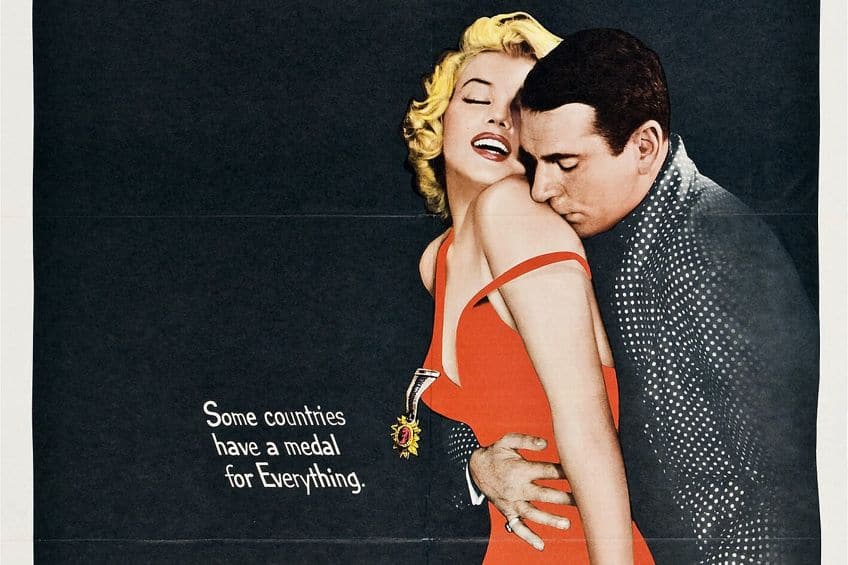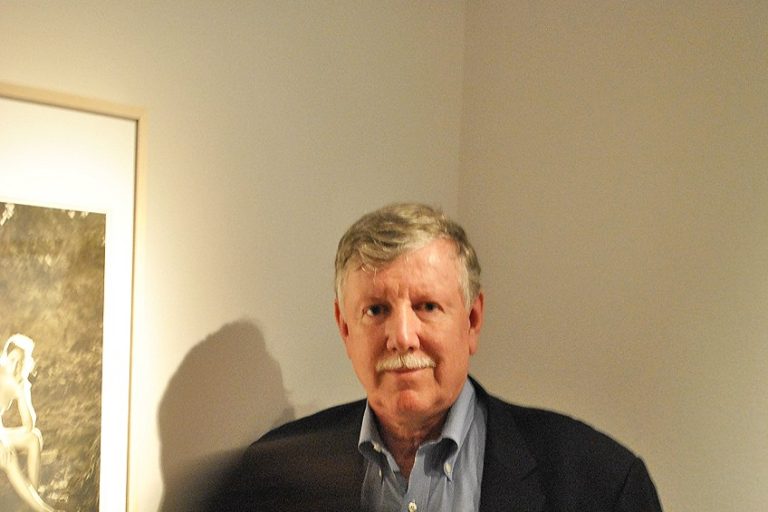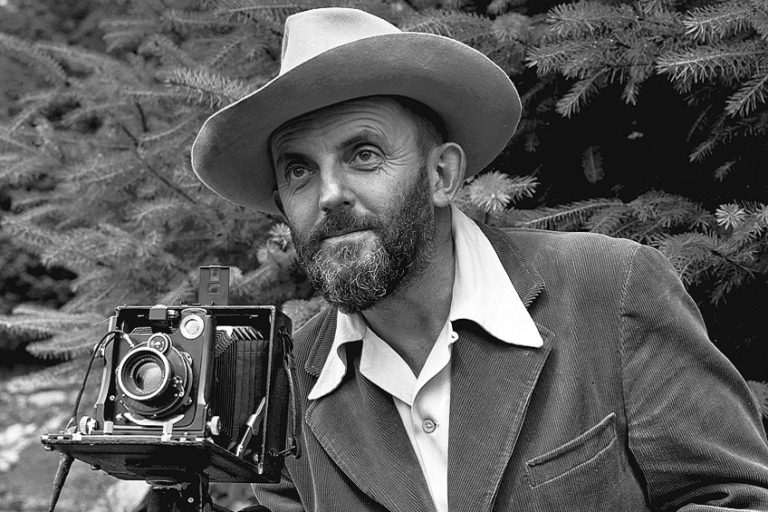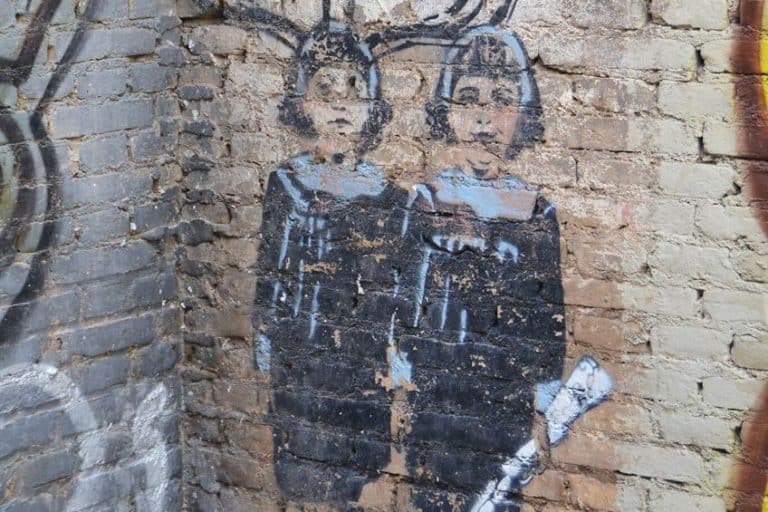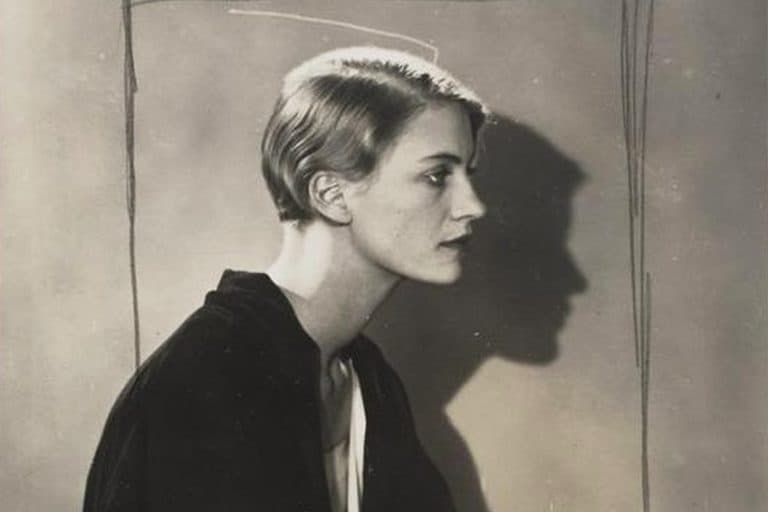Richard Avedon – Discover an Icon in Fashion Photography
Get to know more about one of the world’s greatest icons in fashion photography and portraiture, Richard Avedon, whose portraits and photographic style have influenced many famous Contemporary photographers. Richard Avedon is a name you will want to familiarize yourself with, especially if you are passionate about photography! Keep reading for more about the exciting life and contributions of Richard Avedon!
Unpacking the Life and Legacy of Richard Avedon
An icon of 20th-century photography, Richard Avedon was one of the most famous and talented American photographers whose contributions to fashion and photojournalism have left a remarkable legacy. Described by the New York Times as a key figure in the establishment of America’s image in style, beauty, and culture, Avedon’s photos continue to inspire many photographers.

Richard Avedon’s photography was unique for its time and introduced to the fashion industry some of the most creatively styled portraits and advertising shoots of the 20th century. Richard Avedon’s photos explored his interests in politics, culture, entertainment, and civil rights. His eye for detail and concept culminated in numerous iconic advertising campaigns and his specialty in portraiture was best captured through his collaborations with musicians, public figures, and celebrities like Marilyn Monroe, Martin Luther King Jr., and Cher.
| Artist Name | Richard Avedon |
| Date of Birth | 15 May 1923 |
| Date of Death | 1 October 2004 |
| Nationality | American |
| Associated Movements, Themes, and Styles | Photojournalism, Modern art, fashion photography, street photography, and portraiture |
| Medium | Photography |
Avedon’s approach to portraiture had the most profound impact on his work and legacy since many of his works showcase the trust and professional rapport he shared with many of his sitters. Gaining a sitter’s trust was placed at the forefront of Avedon’s career as a photographer and was considered an art form in itself. Below, we will dive into an overview of the artist’s life and legacy by examining some of the key moments in his life and career, as well as a few iconic Richard Avedon photos that are considered timeless sensations!
A Richard Avedon Biography: Capturing 100,000 Faces
American fashion and portrait photographer Richard Avedon was born and raised in New York City. Avedon’s introduction to photography emerged early in his childhood at the age of 12 when he joined the Young Men’s Hebrew Association camera club. Avedon attended DeWitt Clinton High School and in 1941, he earned the title of Poet Laureate for New York City High Schools. In 1942, Avedon joined World War II as the Photographer’s Mate Second Class, where he shot identity photos for, as he described it, “one hundred thousand faces”. It was during his two years of service working with a Rolleiflex camera, that Avedon discovered that his career was set in photography.
Richard Avedon’s photography career commenced as soon as his service ended and began creating fashion images as a professional photographer.
He also studied at the Design Laboratory of the New School for Social Research under the direction of Alexey Brodovitch. He transitioned into freelance fashion and editorial photography for Harper’s Bazaar when he turned 22 and started photographing models in urban locations, including clubs, streets, and unconventional spaces. His resourcefulness in street photography stood out and soon, he became the lead photographer at Harper’s Bazaar.
In 1965, Avedon resigned from Harper’s Bazaar after a debacle over the April 1965 issue, which involved a collaboration with models of color. Avedon moved to Vogue, where he continued to improve their visual aesthetics for the next 20 years. By 1992, he was the first staff photographer for The New Yorker, whose portraiture shifted the visual language of the magazine. Égoïste, a French magazine, published Avedon’s fashion photos almost exclusively in the 1990s.
Notable Campaigns and Publications
Richard Avedon was a pioneer in advertising and commercial imagery whose work was praised for bridging the gap between art and commercial photography. His works were not only visually enthralling, but they also carried an elegant finesse, which reflected strongly in his management over special campaigns.
Avedon established his commercial studio where he sculpted his brand through collaborations with many high-end fashion brands, including Versace and Calvin Klein. Avedon propelled the most influential and unforgettable images for many special advertising campaigns, which opened up his artistic career to address issues that lay beyond the scope of commercial photography. Avedon’s passions for politics and culture were also seen in his contributions to portraiture during the Vietnam War and the American Civil Rights movement.
In 1959, Avedon published his first photo book called Observations, which featured an essay by his close friend, Truman Capote.
Other hit Avedon publications included Nothing Personal (1964), which featured an essay written by James Baldwin, Portraits (1947-1977), An Autobiography (1993), Evidence (1944-1994), and The Sixties (1999). Another special project that Avedon documented touchingly was the documentation of his father in the last six years of his life. Avedon photographed portraits of his father, whose health was deteriorating due to cancer. His diagnosis was discovered only after Avedon began the project, which continued until his father died in 1973. Jacob Israel Avedon, Sarasota, Florida, shot on August 25th, 1973, was one of the last unsettling images of his father that showcased an expression of anxiety in a non-flattering way and captured the uncertainty of the atmosphere around his death.
In 1976, Avedon worked with Rolling Stone magazine to create a collective portrait called The Family, which portrayed the best of the American elite during the bicentennial election. Between 1979 and 1985, Avedon worked on a commission for the Amon Carter Museum of American Art and simultaneously released his publication In the American West (1979-1984).
Style
The first muse of Richard Avedon was his younger sister, Louise, who struggled with schizophrenia and went through many challenges during her teenage years. The struggles of his sister influenced Avedon’s interest in capturing tragic beauty in his later fashion photographs. His interest in portraiture occurred early in his career, through his work in magazines for Harper’s Bazaar, Theatre Arts, and Life, which showcased his fascination with using photography as a tool for highlighting iconic personalities.
His consideration of all the elements in his compositions demonstrated his interest in perfecting all aspects of a shoot, from hair and clothing to poses and accessories. Avedon was confident in his style.
Avedon was influenced by the famous Viennese Expressionist Egon Schiele, who was cited as a significant influence in his portraiture. Avedon admired Schiele’s portrait paintings, which demonstrated a complex and candor approach that was removed from the realm of flattery and encompassed the essence of portrait photography itself.
Significant Awards and Exhibitions
In 1962, Avedon hosted his first museum retrospective at the Smithsonian Institution, which was the start of many major shows, including two at the Metropolitan Museum of Art in 1978 and 2002 as well as the Whitney Museum of American Art in 1994. Throughout his career, Avedon won numerous awards, including the Hasselblad Award in 1991, the Prix Nadar in 1994, the Royal Photographic Society’s 150th Anniversary Medal in 2003, and the International Photography Hall of Fame in 2017. In 2009, Avedon’s portfolio spanning portraits from 1944 to 2000 was exhibited by the International Center of Photography and his most impactful show of the 21st century, Portraits of Power, was exhibited by the Corcoran Gallery of Art to showcase his portraits of political figures.

Death and Legacy
Richard Avedon’s death occurred during his assignment in San Antonio, Texas while working for The New Yorker in 2004. Avedon’s death was caused by a cerebral hemorrhage. Before his death, Avedon had already established the Richard Avedon Foundation and donated many of his works from his first solo show to the Smithsonian, which currently holds around 1000 Richard Avedon photos.
Richard Avedon left a profound legacy in Contemporary photography, driven by his innovative approach to portraiture, which revolutionized the field and challenged traditional norms.
Avedon’s legacy remains in the portraits of his sitters, both famous and unknown, which were captured in ways that demonstrate the power of human emotion. Avedon thoroughly understood the importance of lighting and the power of photography in revealing the complexities of life, which made him one of the best photographers of the 20th century.
Analyzing the Best of Richard Avedon’s Photography
Now that you have a full picture of the life and legacy of Richard Avedon and his career in photography and portraiture, you can now appreciate a selection of his best photographs from the 60s and 80s.
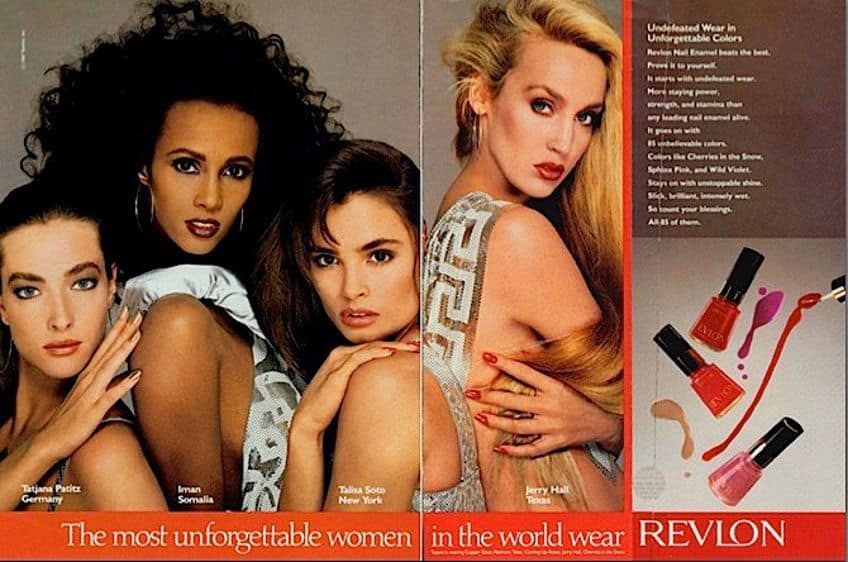
The Chicago Seven, Chicago (1969)
| Date | 1969 |
| Medium | Gelatin silver prints |
| Dimensions (cm) | 309.9 × 206.7 |
| Where It Is Housed | Metropolitan Museum of Art, New York City, United States |
This famous image of the Chicago Seven was photographed by Richard Avedon at a Chicago Hilton. At the time, Avedon switched to a tripod-mounted camera, which provided a better sense of scale and allowed him to capture the seven, very exhausted men, in a photo mural portrait.
The mural’s size was a testament to the Chicago Seven’s influence and activism, during which their trial took a turn for the worse.
These antiwar protestors were accused and placed on trial for inciting a protest at the Democratic National Convention in 1968. Their response to the accusation included a staged courtroom antic and spectacle, which incited an already hostile judge and led to the imprisonment of the Black Panther chairman, Bobby Seale, who received a four-year sentence.
Ronald Fischer; Beekeeper (1981)
| Date | 1981 |
| Medium | Gelatin silver print |
| Dimensions (cm) | 143.1 x 114.5 |
| Where It Is Housed | The Cleveland Museum of Art, Ohio, United States |
Ronald Fischer; Beekeeper is among Avedon’s most famous works, which was part of the series he shot on the American West. The portrait is unsettling and dramatic as it presents a horde of bees resting and hovering over the bare torso of a beekeeper.
The iconic photo presents Fischer as calm in the face of many bees, which would for an ordinary person, evoke fear and panic almost immediately.
For the shoot, Avedon brought on 120,000 bees to help realize the final image. He also used a queen bee pheromone to help attract the bees onto the beekeeper’s skin and capture this abstract and jarring portrait.
James Kimberlin; Drifter, 1980 (1984 – 1985)
| Date | 1984 – 1985 |
| Medium | Gelatin silver print |
| Dimensions (cm) | 127.3 cm x 99.7 |
| Where It Is Housed | The Richard Avedon Foundation, New York City, United States |
James Kimberlin, Drifter was shot on State Road 18 in Hobbs, New Mexico on October 7, 1980, and was part of Avedon’s seminal photobook In the American West. Between 1978 to 1984, Avedon photographed the lives and faces of farmers, carnival workers, laborers, prisoners, coal miners, and drifters while traveling across 13 states.
He aimed to bring to light the faces of those who go unrecognized and unpublished and portrayed aspects of America that were struggling.
This was a stark contrast to his work in fashion and advertising, which resulted in life-sized portraits that were unromantic and raw. This portrait reveals James Kimberlin from the waist up in an unkempt and natural manner. By photographing the details of his clothing and face, viewers are met with a sense of his struggles which compels one to face uncomfortable societal truths that are prevalent in rural societies.
Book Recommendations
Richard Avedon was a prolific photographer whose works cannot all be reviewed in one article alone. He was involved in so many campaigns and projects, that there are countless books documenting his life and career. If you want to read up further on this fantastic fashion photographer, then we recommend getting a book on your chosen area.
Below are some highly-rated books that capture Richard Avedon’s biography from different angles in his career.
Avedon: Something Personal (2017) by Norma Stevens and Steven M. L. Aronson
If you are looking for an intimate review of Richard Avedon’s biography, then this book is all you need. The book encompasses a memoir, oral historical account, and biography of the photographer who shaped the fashion aesthetic of the 20th century. With accounts from his confidant and business partner Norma Stevens and icons like Naomi Campbell and Donatella Versace, one can expect to uncover various unpublished aspects about Avedon that reveal his true character.
- A more intimate exploration of the life and work of Richard Avedon
- Contains personal stories from friends and colleagues
- Discover the spark that made Richard Avedon so successful
Avedon Advertising (2019) by Richard Avedon, The Richard Avedon Foundation, Laura Avedon, Et. Al
Avedon Advertising is the perfect book for those interested in the photographer’s history and contributions to advertising photography in fashion and beauty. The book narrates the stories of Avedon’s rise to fame and influence across Madison Avenue and the rest of the world.
It also provides insight into the images that post-war society was exposed to.
- Detailed coverage of Richard Avedon's advertising photography
- Trace his work through the 1940s, 1950s, and the 1960s
- Discover how he laid the foundations for modern advertising
Richard Avedon: Relationships (2023) by Rebecca A Senf, Richard Avedon, James Martin, Et. Al
This book is an excellent grab for those who were captivated by the portraiture of Richard Avedon and his incredible ability to build and maintain trust in his models. His six-decade-long career saw him collaborate with multiple clients, including writers, actors, musicians, and heads of state, which meant that Avedon had to possess a refined talent for relationships. The catalog showcases a collection of 100 images, which showcase just how significant relationship-building was in Avedon’s career.
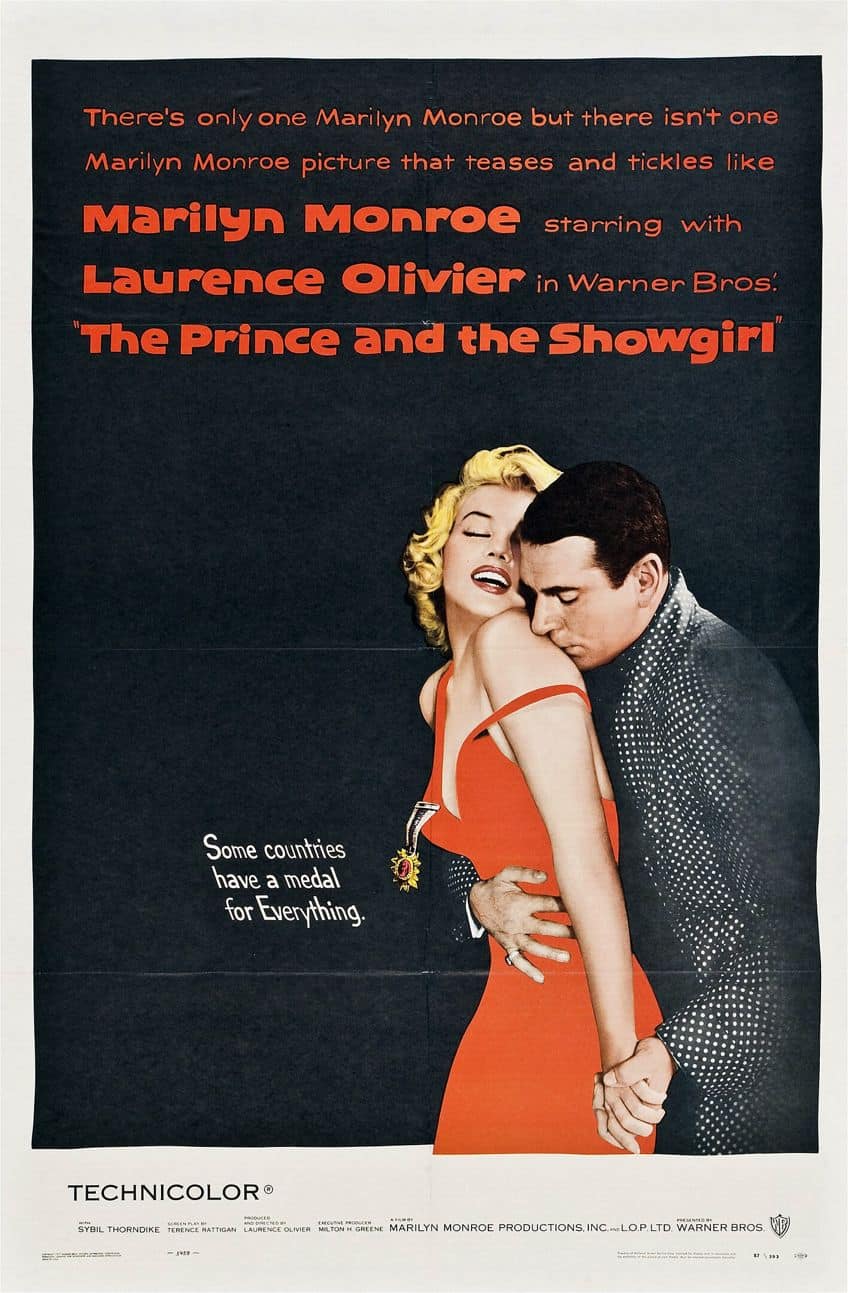
- A catalog that emphasizes the role of relationship-building
- Explore 100 fashion and portrait photographs from Avedon
- Images accompanied by insightful commentary
The legacy of Richard Avedon teaches us the importance of building trust with the sitter when it comes to portraiture, and how one can leverage unconventional approaches to pioneer new styles. Avedon’s photography remains an inspirational source for many photographers in photojournalism, fashion, and street photography who seek to enact change through visual languages.
Frequently Asked Questions
Who Was Richard Avedon?
Richard Avedon was a prolific 20th-century American photographer who specialized in photojournalism, commercial photography, portraiture, fashion, and street photography. Avedon was known for his unconventional approaches to portraiture and raw photography, which captured the honest emotion of his sitters.
What Was Richard Avedon’s Most Famous Fashion Photo?
Dovima With Elephants (1955) is considered to be Richard Avedon’s most famous fashion photo since it features one of the most famous 20h century haute couture models, Dovima.
What Was Richard Avedon’s Photography Style?
Richard Avedon’s style of photography was characterized by well-lit subjects against white backgrounds, and included a sharp focus on details that would otherwise be overlooked. He used shadowless glamor lighting techniques with portraits that were expressive and humanistic.
Jordan Anthony is a film photographer, curator, and arts writer based in Cape Town, South Africa. Anthony schooled in Durban and graduated from the University of the Witwatersrand, Johannesburg, with a Bachelor of Art in Fine Arts. During her studies, she explored additional electives in archaeology and psychology, while focusing on themes such as healing, identity, dreams, and intuitive creation in her Contemporary art practice. She has since worked and collaborated with various professionals in the local art industry, including the KZNSA Gallery in Durban (with Strauss & Co.), Turbine Art Fair (via overheard in the gallery), and the Wits Art Museum.
Anthony’s interests include subjects and themes related to philosophy, memory, and esotericism. Her personal photography archive traces her exploration of film through abstract manipulations of color, portraiture, candid photography, and urban landscapes. Her favorite art movements include Surrealism and Fluxus, as well as art produced by ancient civilizations. Anthony’s earliest encounters with art began in childhood with a book on Salvador Dalí and imagery from old recipe books, medical books, and religious literature. She also enjoys the allure of found objects, brown noise, and constellations.
Learn more about Jordan Anthony and the Art in Context Team.
Cite this Article
Jordan, Anthony, “Richard Avedon – Discover an Icon in Fashion Photography.” Art in Context. August 24, 2023. URL: https://artincontext.org/richard-avedon/
Anthony, J. (2023, 24 August). Richard Avedon – Discover an Icon in Fashion Photography. Art in Context. https://artincontext.org/richard-avedon/
Anthony, Jordan. “Richard Avedon – Discover an Icon in Fashion Photography.” Art in Context, August 24, 2023. https://artincontext.org/richard-avedon/.


